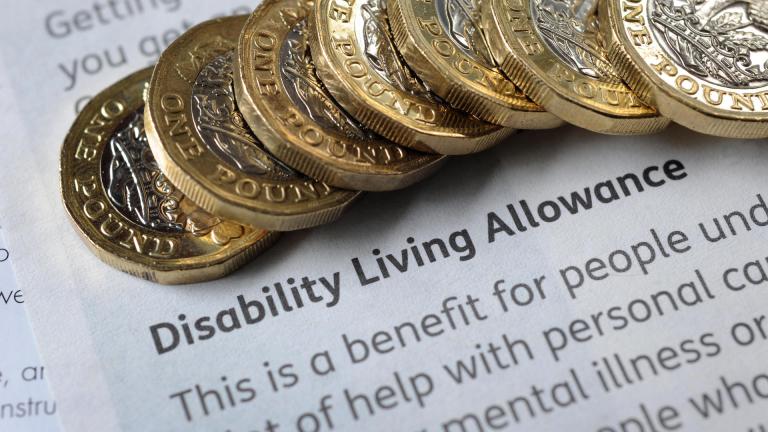Since 2011, the real Living Wage movement has quietly transferred £3.85 billion to Britain’s lowest-paid workers. That’s the finding of a new study from Cardiff Business School into the impact of the Living Wage movement. It confirms what thousands of employers already know: paying the Living Wage is good for people and good for business.
We hear every day about the difference the real Living Wage makes for workers, and nearly all the feedback we get from our network of over 16,000 accredited employers on the impact of the Living Wage is positive. Taking a step back, this new report considers the broader impacts of the Living Wage movement on challenging low pay in the UK. How has it impacted government policy or other forms of wage setting? How much difference does it make to workers and who benefits? This new study helps shed light on all these questions – and the evidence is compelling.
- Pay rise for thousands of workers as Real Living Wage rises to £12.60 an hour – but is it enough?
- ‘It can’t stay like this’: Meet the North East families fighting child poverty by themselves
- Over 500 employers named for ‘cheating workers’ out of minimum wage – but it’s worse than you think
The real Living Wage is the only UK wage rate based on the cost of living. It is voluntarily paid by more than 16,000 UK businesses who believe their staff deserve a wage which meets everyday needs – from energy bills to unexpected car repairs. The Living Wage campaign began nearly 25 years ago in East London among low paid workers struggling to survive on the minimum wage. The Living Wage Foundation was set up in 2011 and since we accredited the first Living Wage employers over a decade ago, the movement has grown to cover a staggering 3.8 million workers today. Half a million people receive a higher pay packet each month than they otherwise would, with the average full-time worker getting an extra £1,950 a year because they work for a Living Wage Employer.
Crucially, the study finds that the greatest impact has been for those who are most vulnerable to low pay, including part-time employees and workers on outsourced contracts. Over half of workers who received a Living Wage pay rise work part-time, and more than a quarter work for outsourcing firms providing services like cleaning and security to large corporates and the public sector.
It’s not only workers who have benefitted from the Living Wage – their employers have too. A survey of accredited Living Wage employers found that virtually all employers – 94% – report benefits from Living Wage accreditation. Benefits include reputational gains, improved ability to recruit and retain staff, better staff motivation and improved working relationships. Some challenges were identified, such as increased staffing costs and the need to adjust existing pay structures, but they find that the benefits outweigh the costs.
Accreditation therefore leads to a win-win: staff get a pay rise, and employers report positive impacts. Interestingly, there’s even a positive relationship between these two things: employers are more likely to see benefits when a larger proportion of their workforce gets a pay rise. These positive outcomes have been seen across all sectors and organisation sizes – from large corporates and local authorities to small businesses and charities – showing that the Living Wage can work for a wide range of employers.









